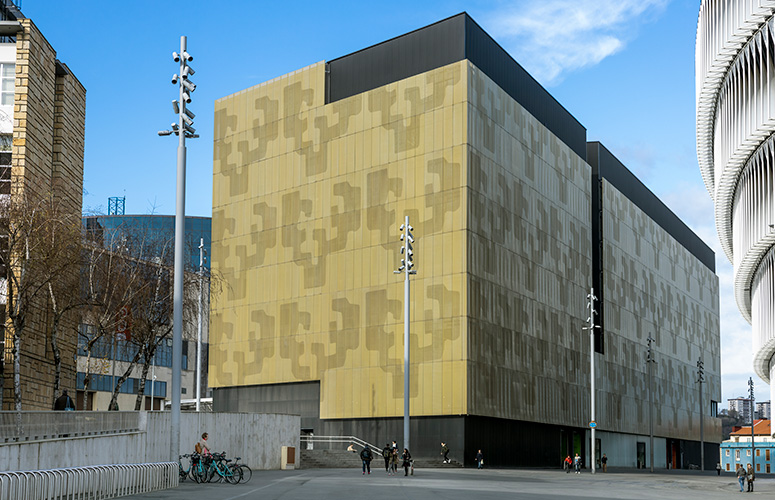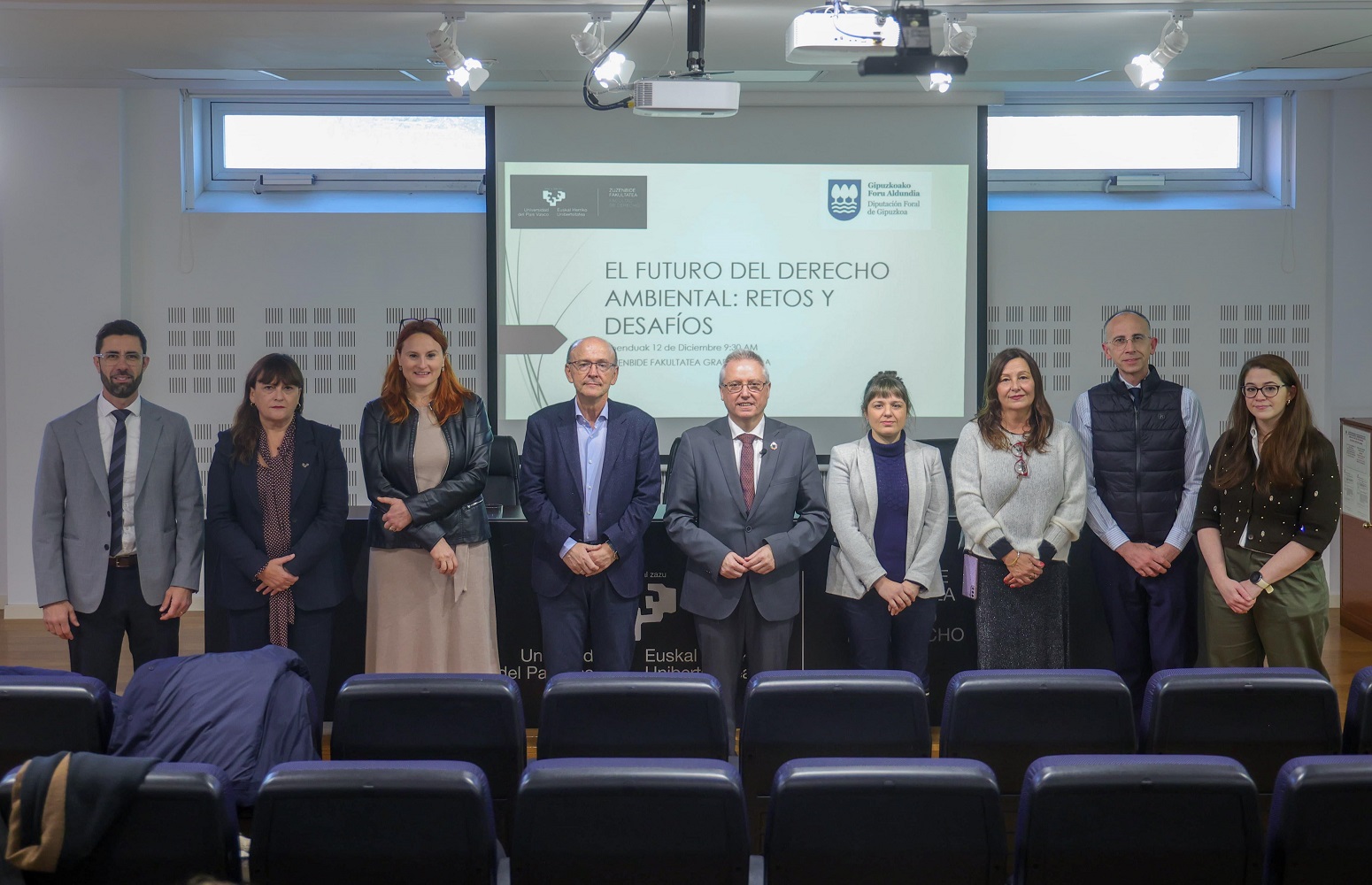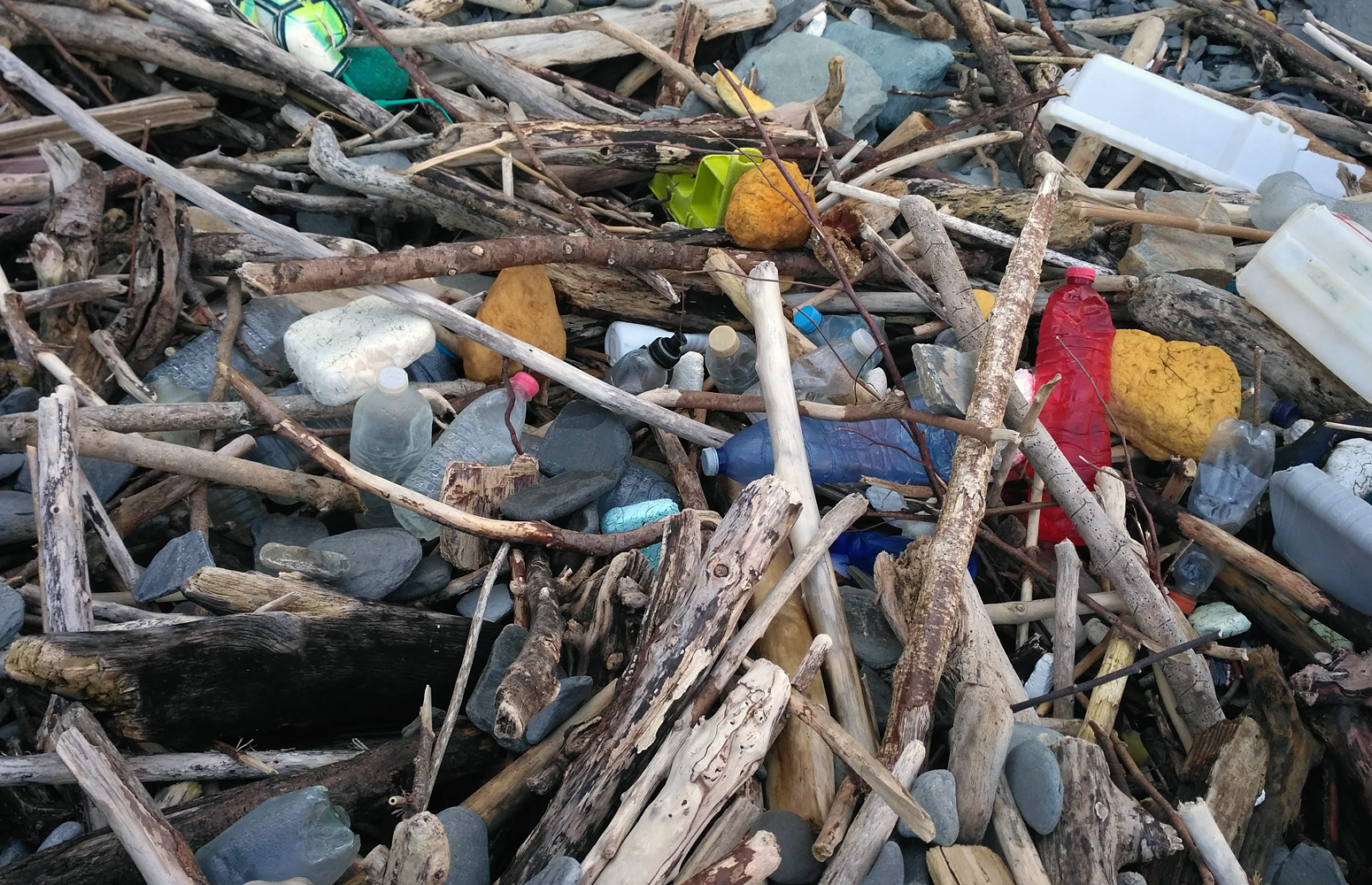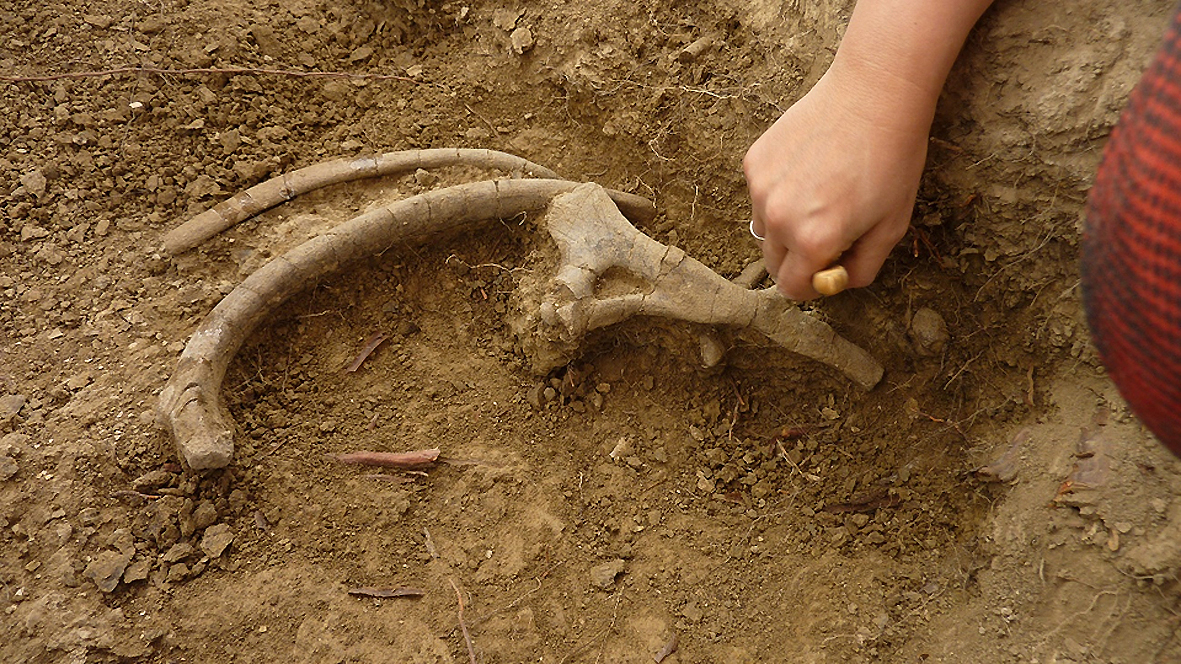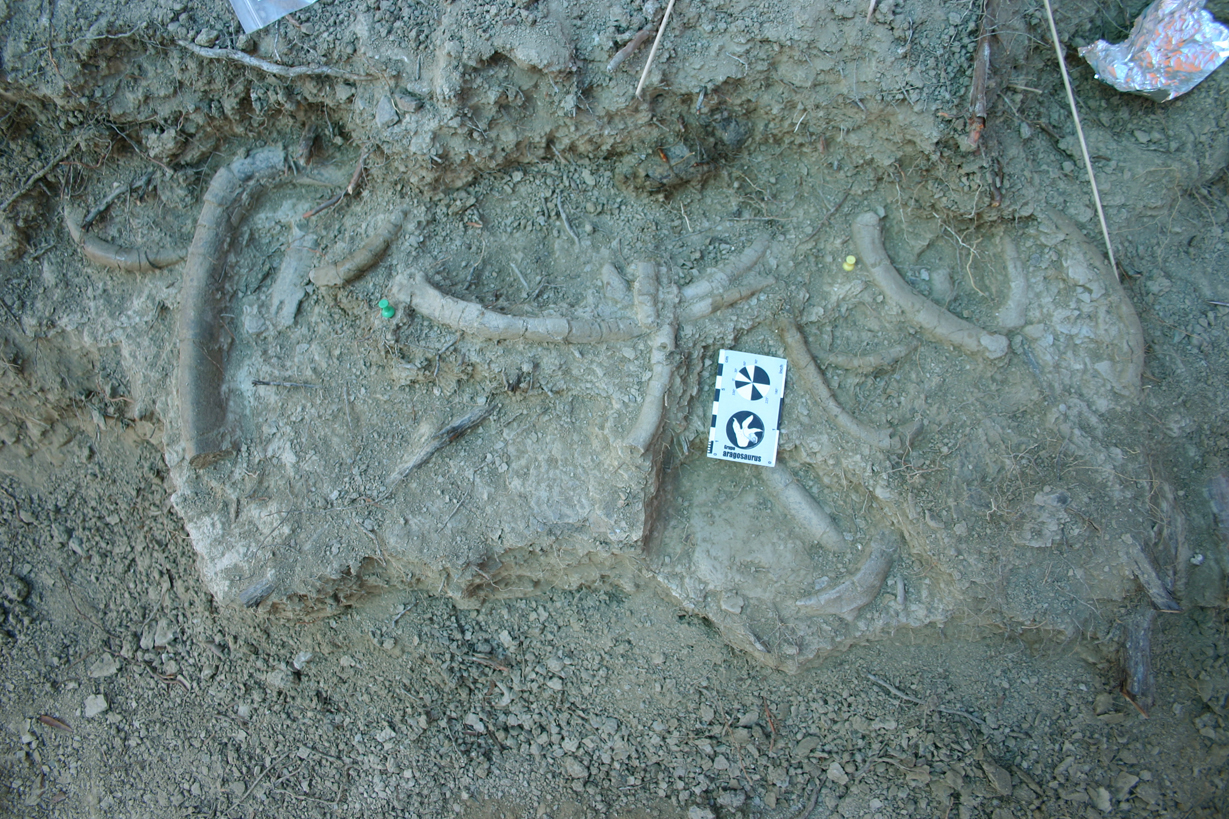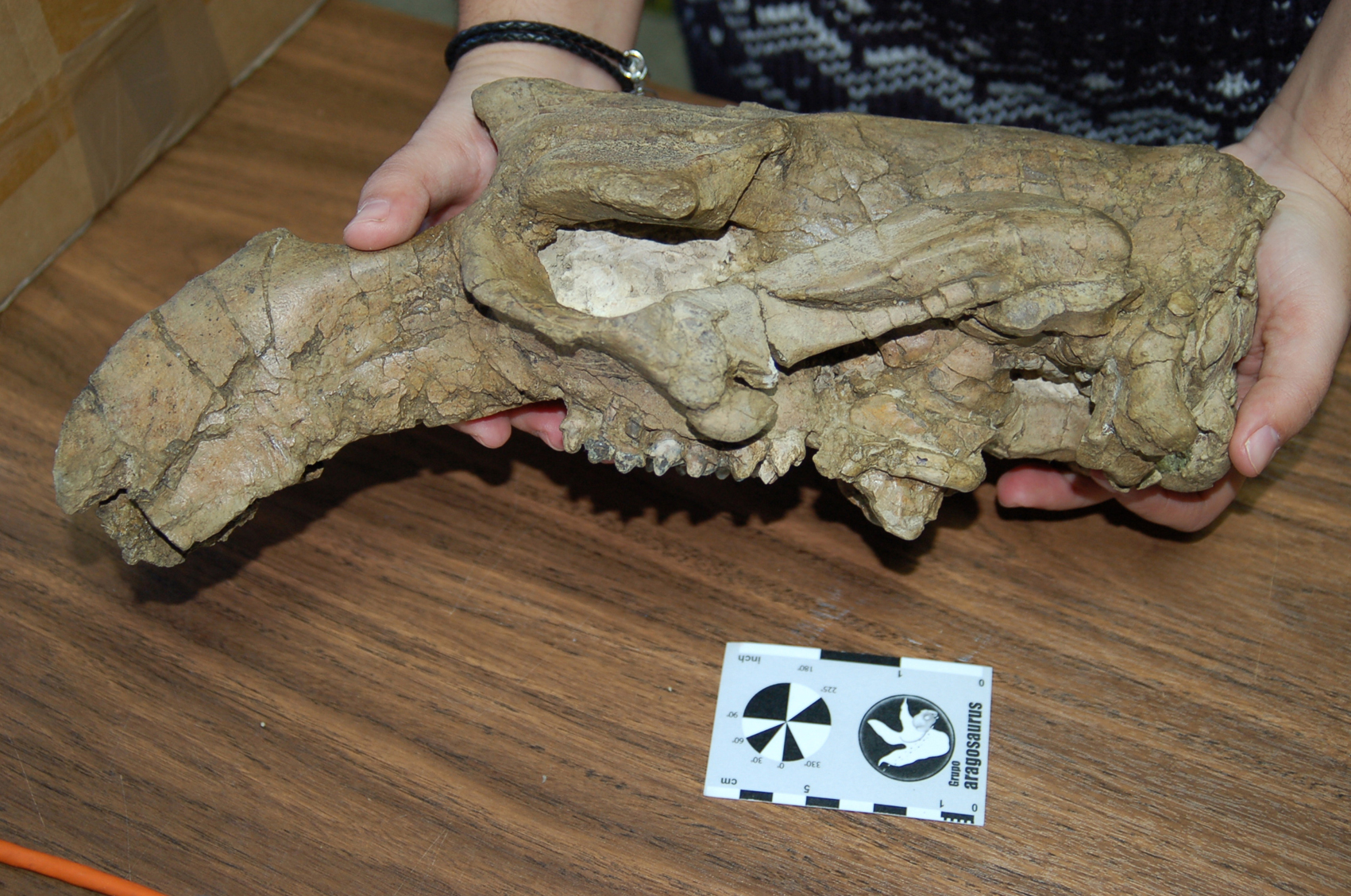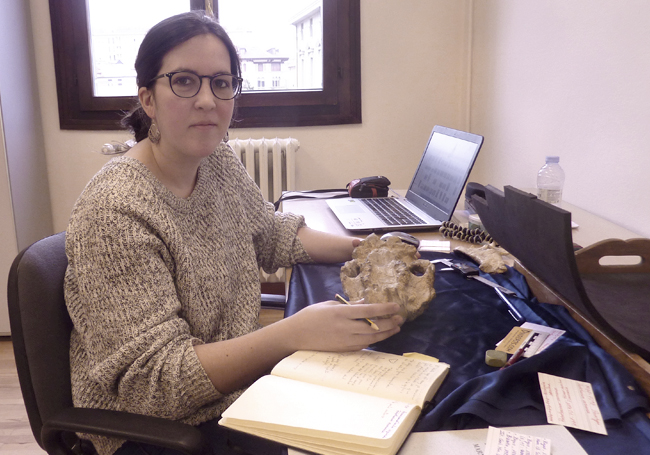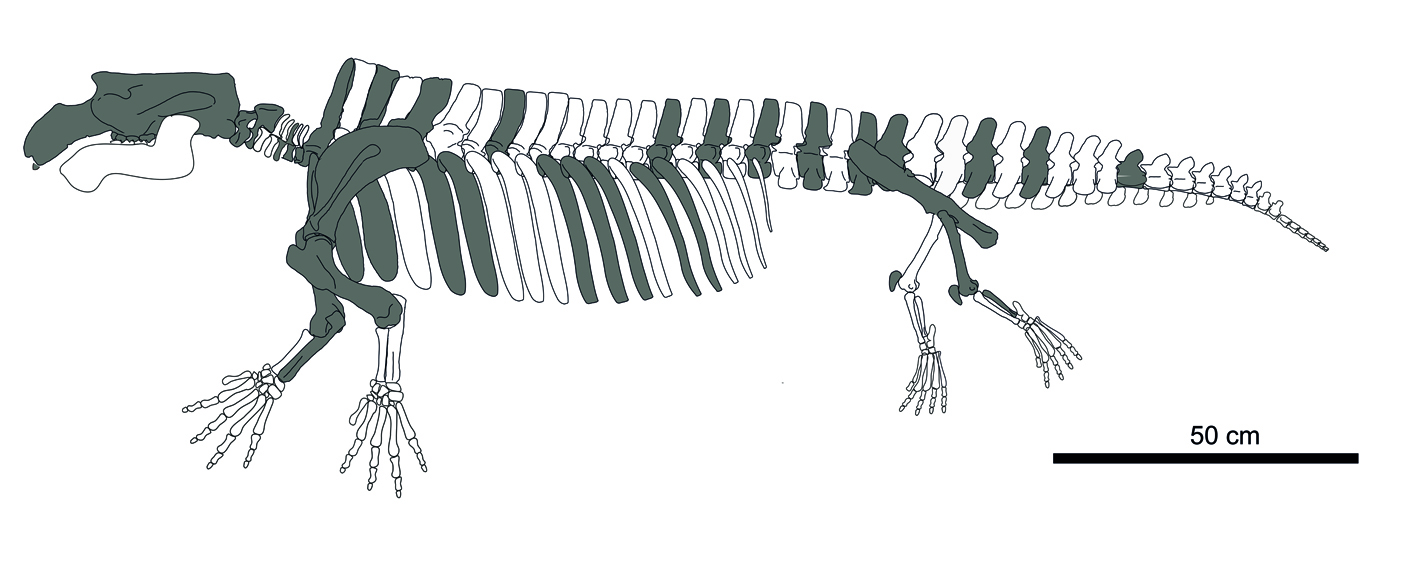European paleontologists from the University of Zaragoza (UZ, Aragosaurus-IUCA research team), Basque Country (UPV/EHU) and Nova de Lisboa have been participated in the discovery of the new Eocene sea cow species called Sobrarbesiren cardieli. Have been collected over 300 sirenian bones, belonging to at least six individuals, among adults and juveniles.
“Sea cows” inhabited the Pyrenees 42 million years ago
It´s about the discovery of the first four-legged Eurasian sirenian mammal
- Research
First publication date: 11/04/2018
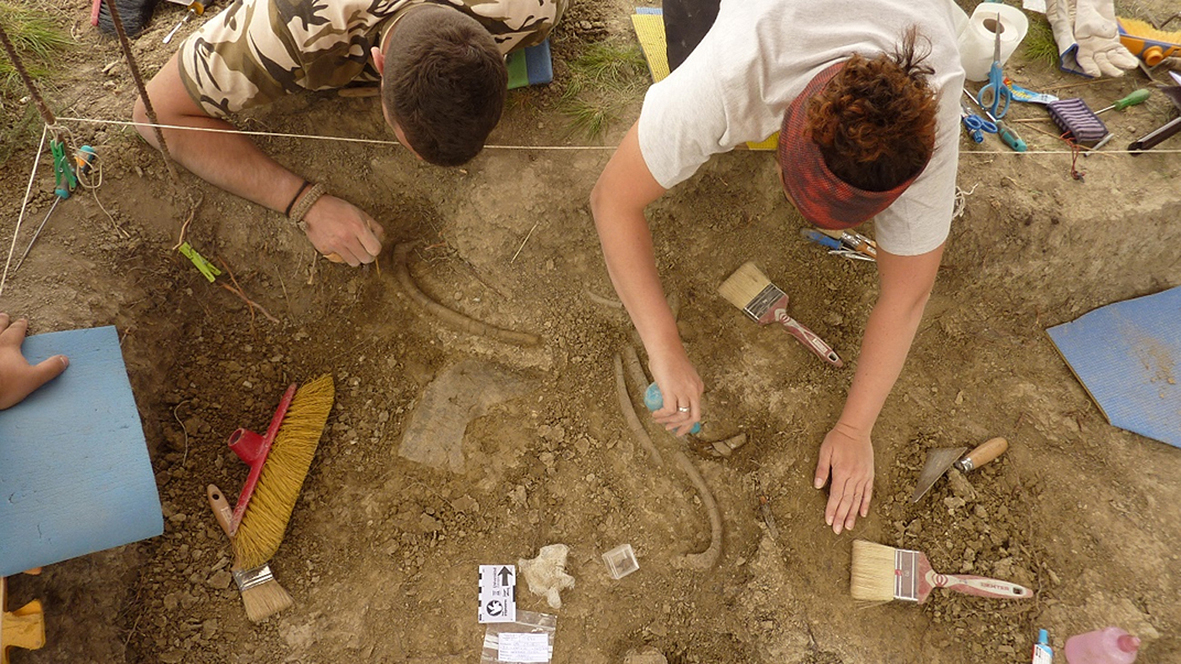
European paleontologists from the University of Zaragoza (UZ, Aragosaurus-IUCA research team), Basque Country (UPV/EHU) and Nova de Lisboa have been participated in the discovery of the new Eocene sea cow species called Sobrarbesiren cardieli. The name honours both the find region and the local amateur palaeontologist Jesus Cardiel Lalueza. Sobrarbesiren is the first four-legged sirenian from Eurasia and the oldest record of this clade from western Europe, with an age of 42 million years (Lutetian, Middle Eocene). This stem-sirenian lived in a coastal area of a marine gulf open to the Bay of Biscay, where a delta with a lot of vegetation and a tropical climate would end. The sirenian bone remains were accumulated in one of the intertidal channel of the delta of Sobrarbe. These deltaic deposits are nowadays located in the Sobrarbe-Pirineos UNESCO Global Geopark (Ainsa Basin, central Pyrenees; Huesca, northeastern Spain). This new find has been recently published in the journal Scientific Reports by Ester Díaz-Berenguer, José Ignacio Canudo (Universidad de Zaragoza), Ainara Badiola (University of Basque Country) and Miguel Moreno-Azanza (Universidad Nova of Lisboa).
Sirenians are the only plant-eating marine mammals, which has earned them their nickname as sea cows. Nowadays, the dugongs and manatees represents them. They are marine mammals but first evolved from a terrestrial mammal in the African continent 50 million years ago. Their aquatic lifestyle resulted in a series of changes in their body, including hair and ear loss, a more hydrodynamic body shape, hands modified into flippers and the posterior legs were progressively reducing until a vestigial pelvis and femur in extant species. They also modified the lungs, which occupy most of the body of the animal. Their flattened tail, used for propelling the animal, together with thick and dense bones (technically called pachyosteosclerotic bones), makes them slow swimmers, feeding in the shallow sea grasses.
To date there are only two adequately known quadrupedal species in the World and in Sobrarbe has been found the third four-legged sirenian. Sobrarbesiren cardieli is recovered as the sister taxon of Dugongidae (the group which include the extant species dugong dugong) and exhibits a transitional stage of adaptation to aquatic life between the Eocene amphibious quadrupedal Prorastomids and the aquatic quadrupedal Protosirenids. The adaptation to aquatic life of Sobrarbesiren is different to that of the Protosirenids. This research is part of the PhD thesis of Ester Díaz-Berenguer, who is currently studying the anatomy of Sobrarbesiren cardieli in detail to unveil how this animal lived, particularly whether it was able to walk under on land between water masses or only used its legs for swimming.
The good conservation and abundance of fossils, and the presence of a new and first quadrupedal sirenian species in Eurasia make the sirenians of Sobrarbe one of the best Eocene fossil collection of this group in the world. This discovery will place Spain, and especially the province of Huesca, as one of the key points of the world in the study of the initial evolution of these marine mammals.
The field expeditions in Sobrarbe started in 2009, under the supervision of Prof. Ainara Badiola, and to date, more than 600 fossils have been collected. Of these, over 300 are sirenian bones, belonging to at least six individuals, among adults and juveniles. Most of the skeleton of Sobrarbesiren cardieli is known. There are recovered three skulls, several vertebrae and ribs, and bones from all four legs, including two pelvises, a femur and the oldest sirenian fibula in the world. In the same fossil site, fossil remains of turtles, crocodiles, lizards, bonefishes, sharks, and small mammals have been also found as well as fossils of invertebrates and plants that together with the geological study of the fossil site allow us to reconstruct the environment where Sobrarbesiren lived.
The most important vertebrate fossils of Sobrarbe will be exhibited soon in the Museum of Natural Sciences of the University of Zaragoza. The palaeontological excavation campaigns were carried out under the authorization of the regional government (Dirección General de Cultura y Patrimonio, DGA) and were funded by several institutions (Universities of Zaragoza, Basque Country, Sobrarbe-Pirineos UNESCO Global Geopark, Governments of Aragon and Basque Country, Mineco and Fondo Europeo de Desarrollo Regional).
Bibliographic reference
- First adequately-known quadrupedal sirenian from Eurasia (Eocene, Bay of Biscay, Huesca, northeastern Spain)
- Scientific Reports
- DOI: 10.1038/s41598-018-23355-w


